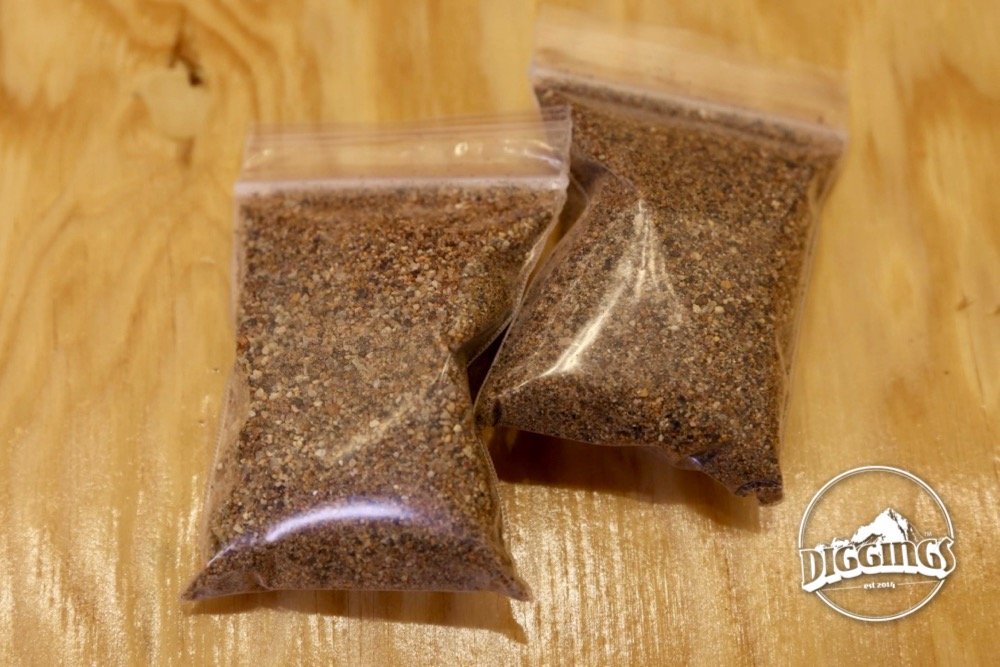Argo Gold Mine & Mill
2350 Riverside Dr.
Idaho Springs, CO 80452
Hours
Wednesday – Monday: 10AM – 6PM
Tours run top of the hour
Admission
General: $23.00
Children: 5-10: $16.00
Children Under 5: Free
The Argo Gold Mine & Mill is one of the most fascinating pieces of tour-able mining history in the United States. Not only does it conduct tours of a retired gold mine, but it includes one of the most advanced turn of the century Mills and a tunnel that encompasses remarkable strides forward in drilling technology. All this innovation is spurred to serve the incredibly rich diggings of Central City during the Colorado Gold Rush.

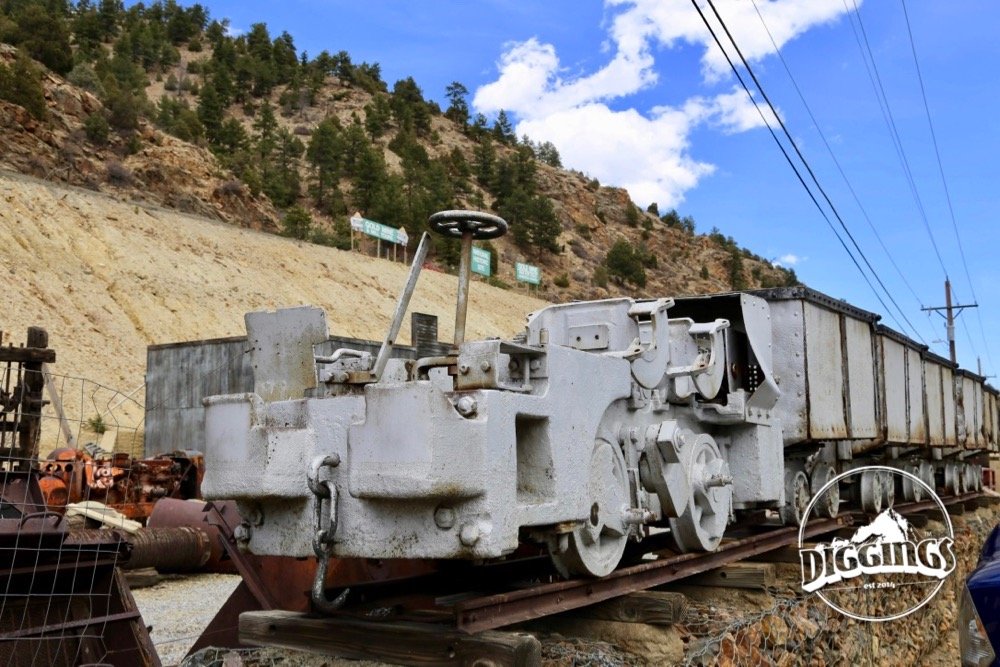
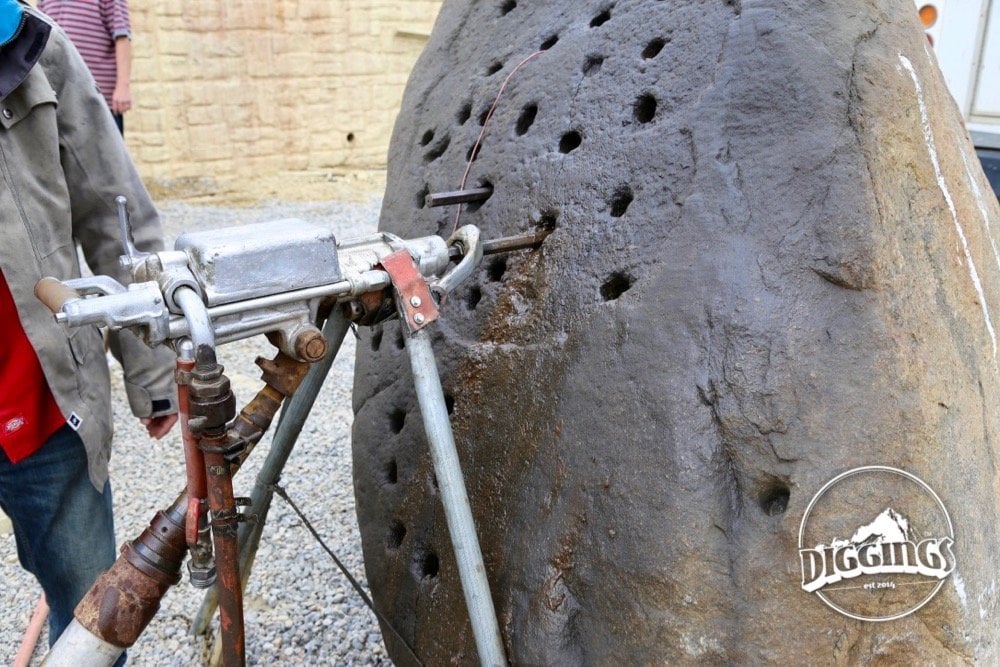
The Colorado Gold Rush
On January, 1859 gold is discovered by George A. Jackson at the convergence of the Chicago Creek and Clear Creek, in present day downtown Idaho Springs. (A mile from the Argo Gold mill & tunnel.) The discovery launches the Rocky Mountain goldrush. Fifty-thousand men descend on the Clear Creek Canyon—from Golden to Central City, Colorado. The waterways of the region yield over $1.7 million in gold. Yet that is just the beginning.
Placer mining gives way to hardrock mining as bigger operations follow the gold in creek beds up to their source. From 1859 to 1861, over 13,000 mining claims are filed. By 1902, over 300 active hard rock load mines are operating in the Idaho Spring region. As easily accessible, shallow veins are tapped out, miners have to balance the wealth available at greater depths against the costs of transporting ore from the ever deepening mine shafts to ground level and pumping out increasingly invasive ground water. Perhaps there was a more elegant solution than turn-of-the-century winches and water pumps.
The Argo Tunnel
Formarly the Newhouse Tunnel
It was with the ground water and transportation challenges in mind that the Argo tunnel is proposed by Samuel Newhouse. The tunnel would create a passage way that would allow gravity to drain ground water and transport ore from the mines in Central City to Idaho Springs. The tunnel would connect to mine shafts below the elevation of their operation: draining water from work areas and allowing ore to be lowered to carts for transportation 4.16 miles by rail along a gentle .3 down hill grade to Idaho Springs. No longer would mining operations have to lift tons of ore to ground level before transporting it out of the mountains and down to lower elevation mills and trade routes.
The tunnel would be the largest mining project in the world, at the time and it’s construction would be testament to human ingenuity and perseverance. Construction starts in 1893. The tunneling process spans a remarkable transition in drilling technology from hand drills, hammers, black powder, and mules to pneumatic drills, dynamite, and electric locomotives. Despite numerous delays, the tunnel is completed in 1910 and the gold starts rolling in.
The Argo Mill
In conjunction with the tunnel, R.E. Shimer incorporates the Argo Reduction and Ore Purchasing Company to build the Argo Mill. The expedited transportation from mines to Idaho Springs means new opportunities for a mill to process the ore coming out of the Argo tunnel and more efficient transportation out of the valley. The Argo is one of the largest and most modern mills of its time, recovering a higher percentage of gold than many older contemporary mills. The mill is so efficiently designed that it only requires 4-5 people to operate it. It can process three ore carts at a time and recovers over $100 million worth of gold while operating.
The End of the Argo Era
The Argo tunnel operates till 1943. While connecting the Argo tunnel to the Kansas Shaft a small mining team encounters a catastrophic build up of water. The mine had stopped pumping water in anticipation of their connection to the Argo. The result when the crew struggles to complete the connection is a massive flood, killing 4 miners and closing the tunnel. With the loss of the tunnel, the mill also shuts down operations. Despite occasional attempts to reopen the tunnel, this easily could have been the end of the Argo.
Tour the Argo Gold Mine & Mill
In 1976, the mill is purchased by an investor who renovates the five-story mill and opens it to the public for tours. The tour progresses in three stages: a talk on mining history in the area, a walking tour of the mine, tunnel, and mill, concluding with gold panning.

The History Presentation
The tour begins with a presentation of the history of the mining district, overview of mining techniques, and introduction to the mill, mine, and tunnel. A tour guide passes samples of quartz and gold demonstrating regional extraction.


Touring the Double Eagle Gold Mine
The Gold Eagle Mine is one of many mines that dot the hillsides of Idaho Springs. Talking through highlights the cramped conditions of early miners as well as pointing out still remaining veins of gold in situ.


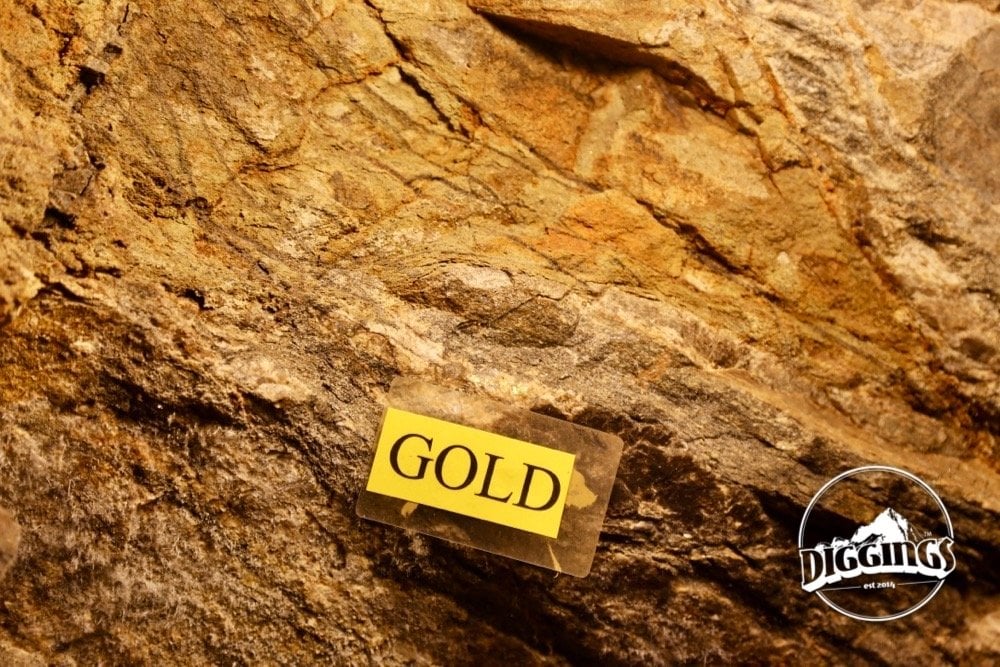
Touring the Argo Tunnel (Newhouse Tunnel)
In 2017, visitors finally got to see the interior of the Argo Tunnel which has been closed since the 1943 had shut down operations.


Touring the Mill
Argo mill holds classic milling equipment such as a ball mill, mineral classifier, floatation cells, and shaker tables along with a collection of smaller mining equipment. The stamp mill now stands outside the main mill, as part of the outdoor collection.

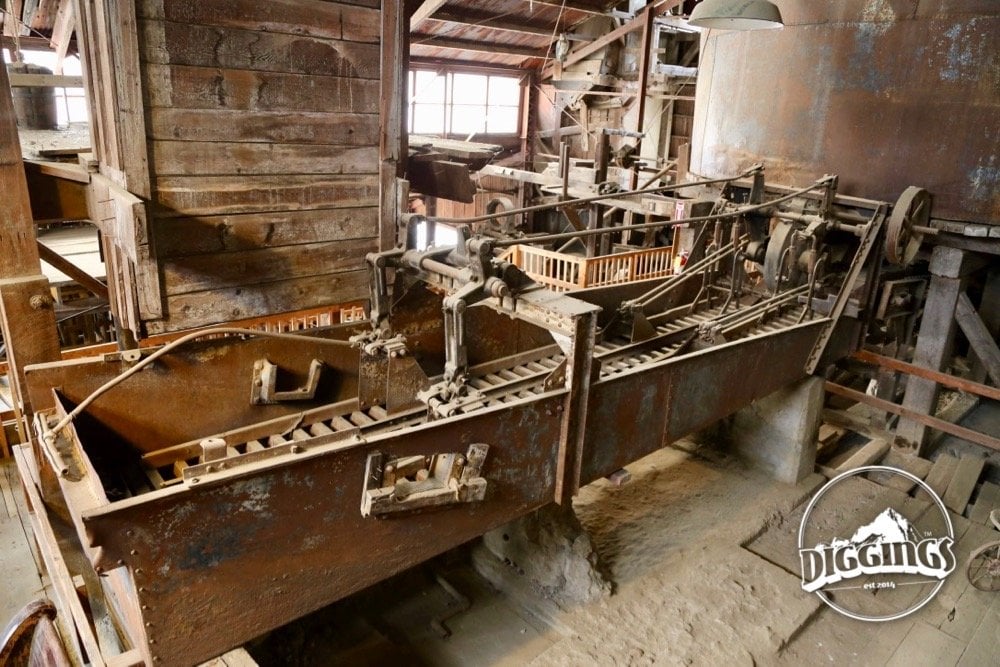

Argo Mining Equipment Collection
Even at the conclusion of touring the mill’s structure, the exploration continues in the mill with a collection of gears, tins, lanterns, scales, bottles, and other mining artifacts collected from the mill and surrounding area.


Gold Panning
The tour concludes with a gold panning demonstration. Visitors can try their hand at uncovering gold with a salted package of pay dirt under the guidance of Argo mill staff.

